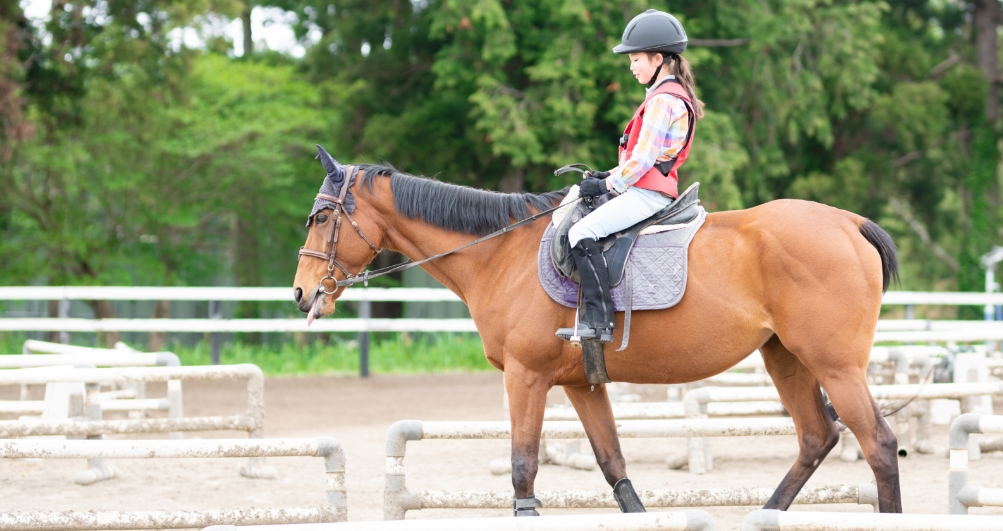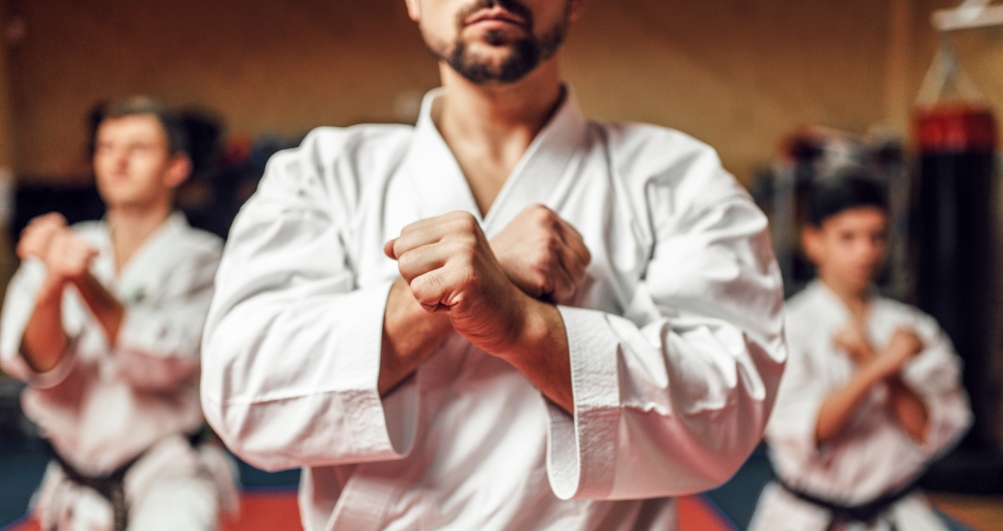Ever wondered what ROTC is? It stands for Reserve Officers' Training Corps, and it's a program offered at many colleges across the U.S.
ROTC is like a blend of your regular college life and military training. You get to pursue your degree while also preparing for leadership roles in the U.S. Army, Navy, Air Force, or Coast Guard.
ROTC programs teach you teamwork, discipline, problem-solving, and how to communicate effectively, all while gaining a deep understanding of the military.
History and background of ROTC
ROTC has its roots way back in the early 19th century when the U.S. colleges and universities started offering military training. Fast forward to 1862, during the Civil War, when the Morrill Act required land-grant colleges to include military tactics classes. This laid the groundwork for what would later become ROTC.
ROTC has been instrumental in developing top-notch leaders for the U.S. military. It's not just about teaching military skills; it's about molding well-rounded individuals who excel in leadership, critical thinking, and teamwork. Over the years, ROTC grads have risen through the ranks to become generals, admirals, and high-ranking officers.
Understanding the different ROTC branches
Let's break down the distinct Armed Forces branches of ROTC and highlight their unique features and training focus:
Army ROTC
The Army ROTC program primarily prepares cadets for leadership roles in the U.S. Army. The training emphasizes land-based operations, including infantry, armor, artillery, and logistics.
They can choose from a wide range of career paths, such as becoming infantry officers, engineers, military police, medical professionals, or in the Army reserve. They often undergo field training exercises to develop tactical and leadership skills.
Air Force ROTC (AFROTC)
The Air Force ROTC program is tailored for cadets aiming to become officers in the U.S. Air Force or Space Force. The training covers aerospace operations, aviation, and space technology.
They can specialize in areas like piloting aircraft, missile and nuclear operations, cyberwarfare, and space operations. They often attend field training and leadership development courses.
Navy ROTC (NROTC)
Navy ROTC focuses on preparing future officers for the U.S. Navy and Marine Corps. Training includes naval operations, shipboard procedures, navigation, and maritime warfare.
They can pursue careers as naval aviators, surface warfare officers, submarine officers, or Marine Corps officers. They often participate in summer cruises on Navy ships to gain practical experience.
Coast Guard ROTC
Coast Guard's training in ROTC emphasizes maritime law enforcement, search and rescue, marine environmental protection, and navigation.
They prepare for service as officers in the U.S. Coast Guard, focusing on safeguarding maritime security, protecting the environment, and ensuring safety at sea.
ROTC program structure
ROTC is a four-year college program that consists of a basic course and an advanced course:
Basic course
In the basic course during your first two years, cadets start with an introduction to military science, covering core concepts, terminology, and the U.S. military's structure. They learn essential leadership principles, emphasizing communication, teamwork, and decision-making through classroom and practical exercises.
Physical fitness is a central focus, with regular training sessions to meet branch-specific fitness standards. Academic courses cover military history, ethics, and leadership theory, building a strong theoretical foundation for their future roles as officers.
Cadets also receive training in fundamental military skills, including drill and ceremony, marksmanship, land navigation, first aid, and equipment procedures.
Advanced course
In your junior year and senior year, you will complete the advanced course. In this course, cadets further develop leadership skills like decision-making under pressure and conflict resolution, taking on leadership roles within ROTC. They delve into military tactics, learning small-unit tactics, mission planning, and effective troop leadership in simulated combat.
Physical fitness standards get tougher to prepare cadets for military service demands. Depending on their goals and branch requirements, cadets may attend specialized training schools like Airborne, Air Assault, or Ranger School.
Throughout, they engage in practical experiences through leadership labs and field training exercises, applying their skills in real-world scenarios. Cadets receive branch-specific training tailored to their roles and responsibilities in the Army, Navy, Air Force, Marine Corps, or Coast Guard.
Benefits of joining ROTC
Enrolling in ROTC offers a range of benefits that can significantly impact your college experience and future career:
Scholarships and stipends
ROTC programs often provide ROTC scholarships that can cover a significant portion, if not all, of your tuition and fees. The best part is that a majority of these are four-year scholarships.
In addition to tuition assistance, cadets typically receive a monthly stipend, which varies based on their year in the program.
Leadership and military training
ROTC offers invaluable leadership development opportunities. You'll learn essential leadership skills such as communication, decision-making, and teamwork through hands-on training experiences.
These skills are not only essential in military contexts but also highly transferable to civilian careers.
Physical training and fitness
Physical fitness is a core component of ROTC. The rigorous physical training regimen ensures that cadets meet and maintain the fitness standards required for military service. This not only prepares you for the physical demands of your military career but also promotes a healthy lifestyle that can benefit you throughout your life.
ROTC cadets and college life
As an ROTC student, campus life offers a unique experience. Your days often start early with rigorous physical training (PT) sessions to keep you in peak physical condition, involving exercises like push-ups and running with your fellow cadets.
While you'll attend regular college classes, you'll also take ROTC courses covering military history and leadership principles. Weekly Leadership Labs provide hands-on training in military drills and leadership development.
Balancing academics with ROTC commitments requires strong time management skills. Field exercises throughout the year immerse you in real-world military scenarios, from survival training to tactical missions.
Post-graduation commitments
After graduating from ROTC, you'll step into the role of a Second Lieutenant in your chosen military branch. This is a significant moment, but it's essential to understand what comes next. You'll have a service obligation, typically around eight years, depending on your branch and ROTC program.
Your next move depends on whether you opt for active duty or the reserves. Active duty means full-time military service, potentially with orders to your first duty station anywhere globally. Reservists serve part-time, often alongside civilian careers.
As a Second Lieutenant, you'll assume a leadership position, responsible for managing troops or teams, making critical decisions, and ensuring mission success. Your exact duties vary by branch and assignment, but your leadership and training will be put into practice.
Your learning journey doesn't end once you're an ROTC graduate. You'll continue professional development through military schools and training programs like Basic Officer Leader Courses (BOLC), gaining specialized knowledge in your branch.
With experience and proven leadership, you'll have opportunities for career advancement, aspiring to higher ranks like Captain and beyond, with more significant responsibilities. Importantly, the skills acquired are highly transferable, ensuring a strong foundation for success in civilian professions should you choose to transition out of the military after your initial service commitment.
Eligibility and requirements
Let's break down what it takes to join ROTC and clear up any confusion with JROTC.
Here are the prerequisites for College-Level ROTC:
- Enrollment in college. You need to be enrolled as a college student at a university or military college that offers ROTC programs.
- U.S. citizenship. Typically, you need to be an American citizen to join ROTC. Some programs may have exceptions for legal permanent residents, but citizenship is usually a requirement.
- Academic eligibility. You need to meet your school's academic requirements, which usually means maintaining a certain GPA and academic progress.
- Physical fitness. Physical fitness is important. You'll be expected to meet certain fitness standards, including push-ups, sit-ups, and running.
- Leadership potential. ROTC admissions look for qualities like teamwork, communication skills, and leadership potential.
JROTC (Junior Reserve Officers' Training Corps) is for high school students, and the prerequisites are a bit less intense than college-level ROTC:
- High school enrollment. You must be enrolled in a high school that offers a JROTC program.
- Age and grade level. JROTC is usually available to high school students in grades 9 to 12, so you need to be within that age group.
- U.S. citizenship. Being a U.S. citizen or having legal permanent residency is usually required.
- Interest and commitment. A strong interest in leadership, community service, and learning about the military are essential.
The lasting impact of ROTC
ROTC doesn't just teach military tactics; it molds individuals into well-rounded leaders with integrity, resilience, and a commitment to serving their country. It's a pathway to personal and professional growth like no other.
As you embark on this journey, remember that resources like College Rover are here to help. College Rover can assist you in researching colleges, ROTC programs, and more, making your path to becoming a future military leader smoother and more informed.






.jpg)















